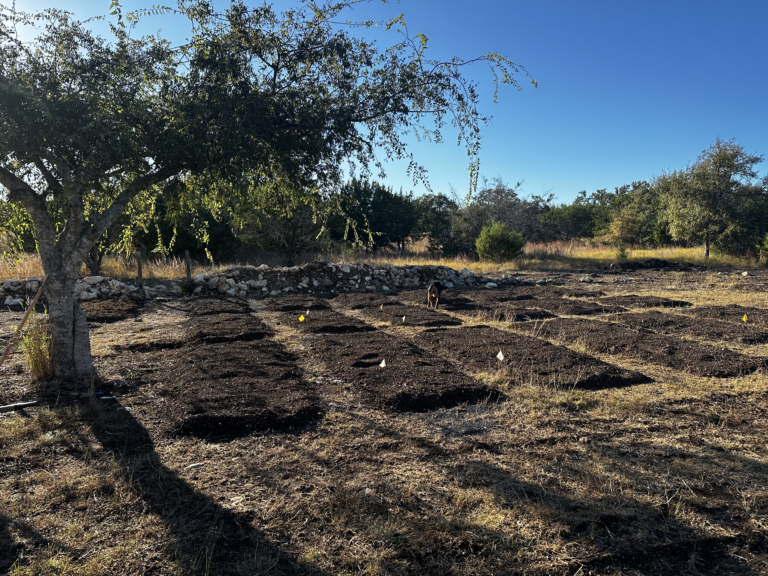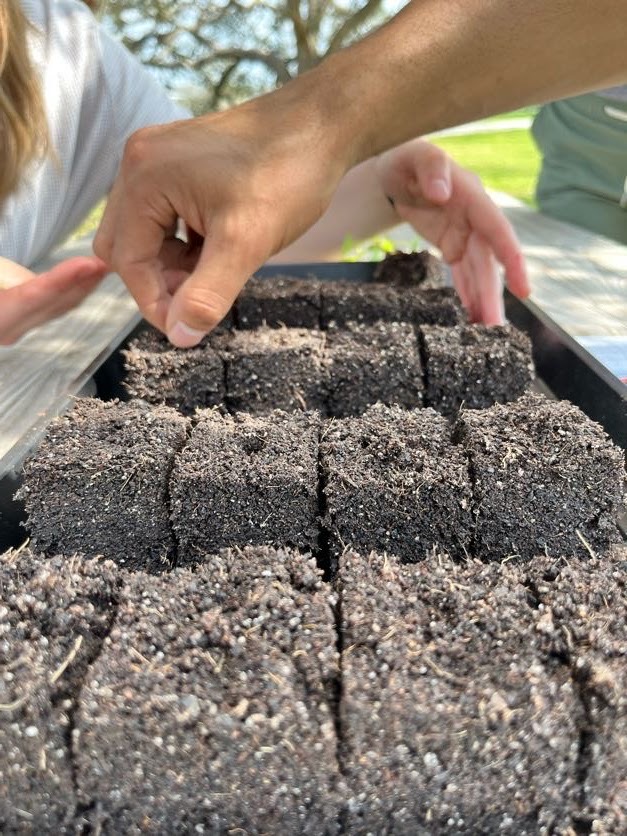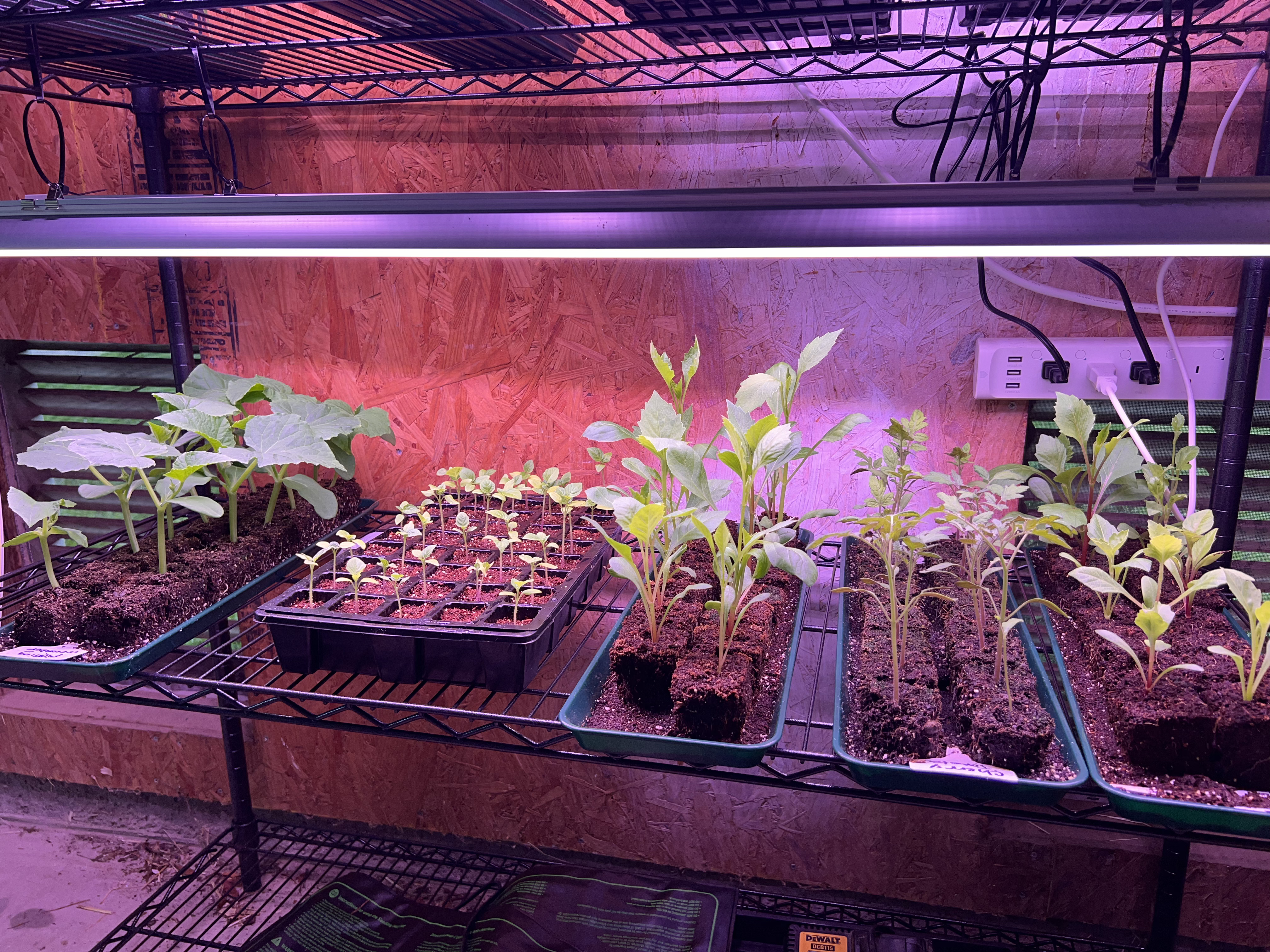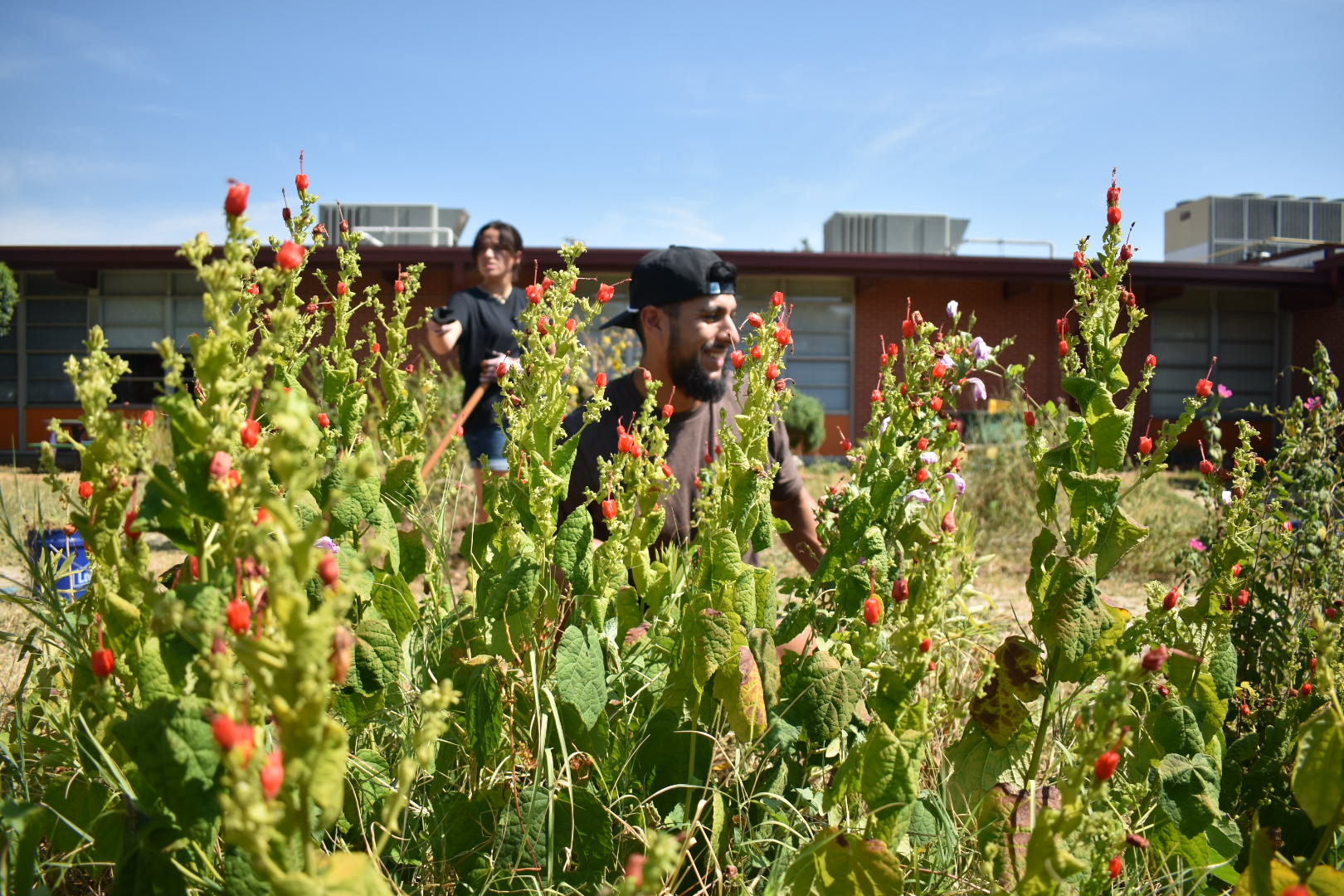Disclosure: This post may contain affiliate links, meaning we may get a commission if you decide to make a purchase through my links, at no cost to you.
All successful gardens have one thing in common… good soil. But what does that mean exactly? What is good soil anyways? Good soil is one that is thriving with tons of life. In a small teaspoon of soil there are billions of little microbes and organisms. And each of these little forms of life is serving a purpose in the ecosystem of the soil.
When we started our first garden here in Texas we quickly realized that the soil in our yard was terrible. We have about 1 inch of completely eroded dirt on top of a limestone slab, and these are definitely not good growing conditions for veggies.
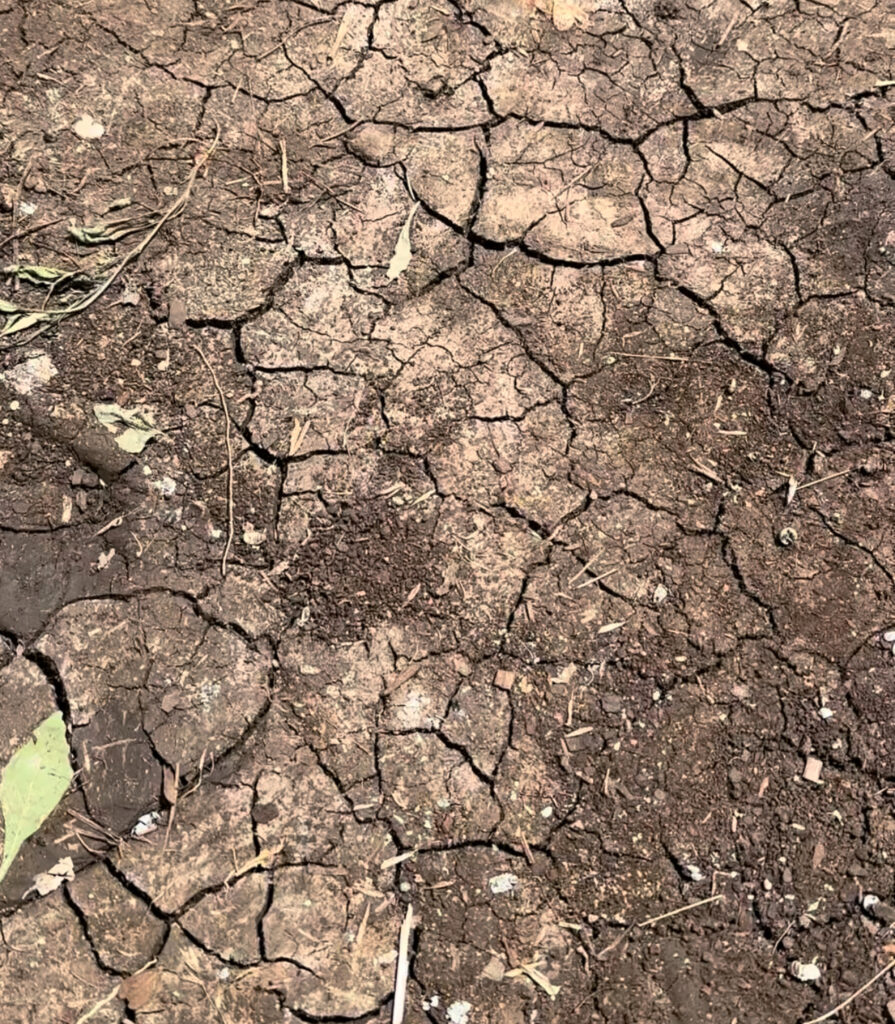
Our first few years we used raised beds where we bought soil, but it gets pricey to bring in soil year after year. Our focus is now to build the healthiest soil and regenerate our land. And since we started focusing on the health of our soil, our plants have grown like crazy, we’ve significantly reduced the erosion in our yard, and we don’t need to buy bags and bags of soil to fill our garden beds anymore.
So whether you plan to grow in raised beds or in ground, focusing on soil health will help save you money and your plants will all be super happy!
3 ways to start building healthy soil
1. Incorporate organic matter
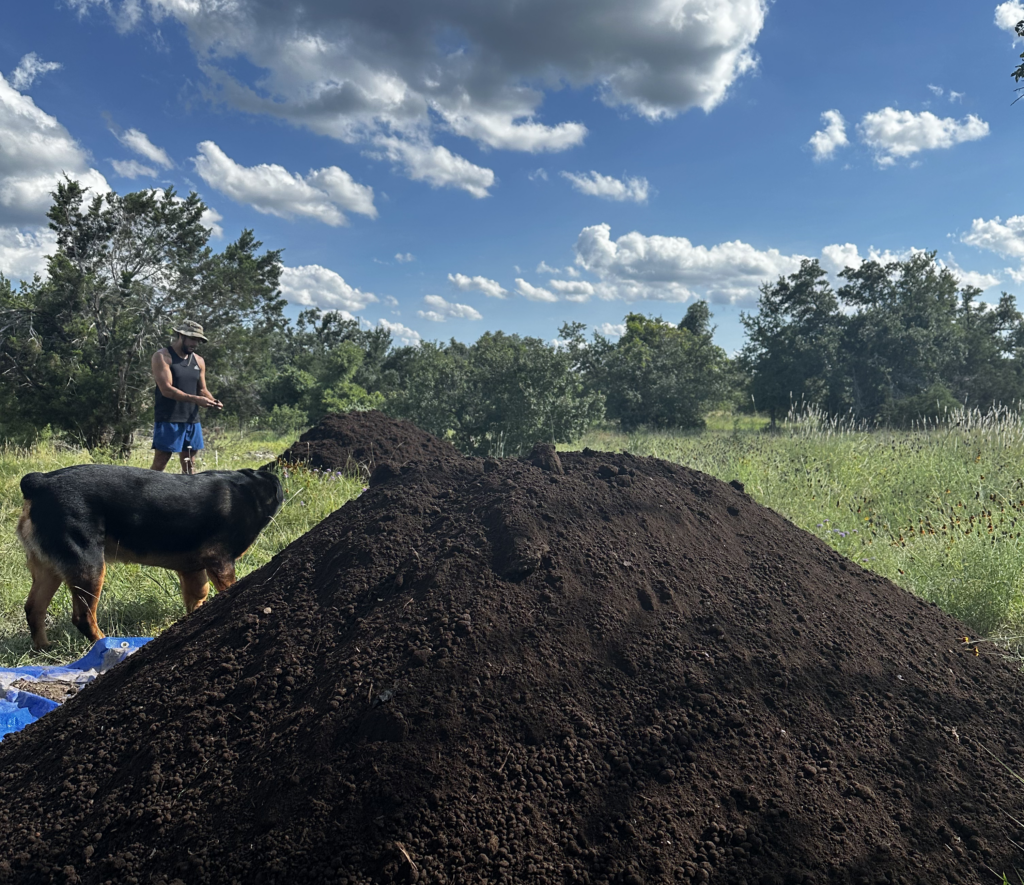
Organic matter is any plant or animal material present in the soil that is in the process of decomposing. This decomposing matter releases nutrients into the soil, attracts worms and other beneficial microorganisms that help in the decomposing process, improves the composition of your soil, and so much more.
The easiest way to add organic matter to your garden is through compost. You can get a bag of compost at any garden center, or you can even make your own from food scraps and other things around your yard. One of our favorite ways to compost is through vermicomposting, which is using worms to compost food waste. We have an Urban Worm Bag that makes it super easy to compost and also harvest the worm castings to use in your garden.
2. Keep your soil covered
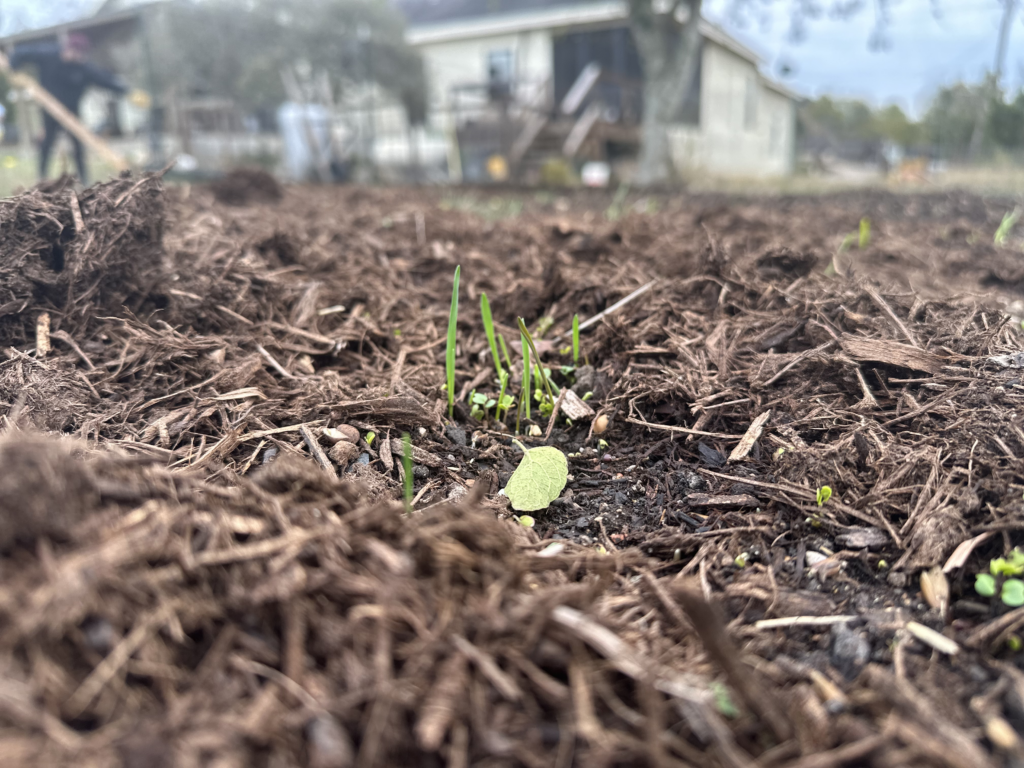
Soil never wants to be bare. In the sun, bare soil will lose nutrients. In rain, bare soil poses the risk of washing away. When your soil is bare that is when weeds pop up because soil doesn’t want to be exposed to the elements. Weeds, while a huge pain in the garden, are just your soils way of tryin to cover itself up. In the permaculture world these weeds are called pioneer plants, because they are the plants that pop up first when the soil wants to be covered.
So trying to build healthy soil and keep your garden free from weeds? Keep the soil covered with some form of mulch and your plants will all be much happier.
3. Plant things that your soil needs
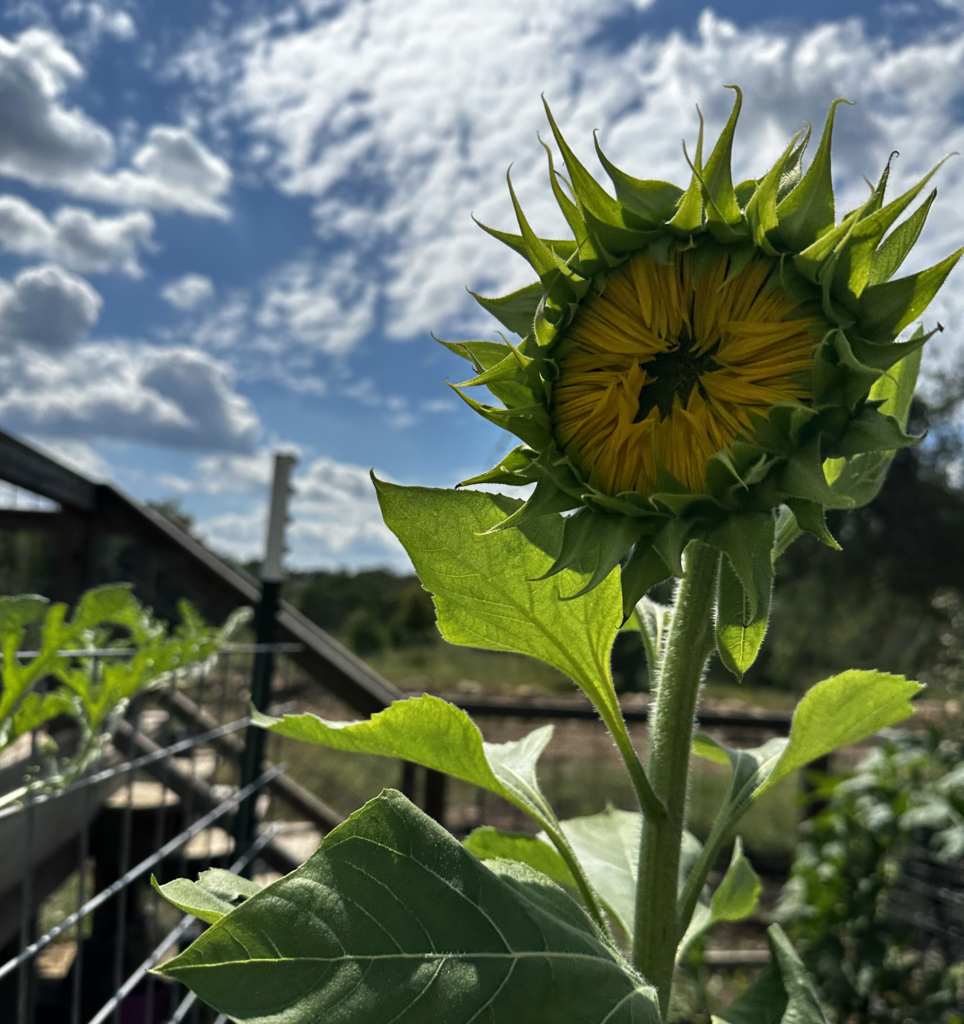
Your garden is it’s own little ecosystem filled with tons of symbiotic relationships. One of the most important relationships in your garden is that the soil feeds the plants and the plants feed the soil.
When choosing what to plant it’s important to choose plants that are going to not only draw nutrients from the soil, but plants that can help add nutrients to the soil.
Nitrogen fixers
These are plants that add nitrogen to the soil. Nitrogen is crucial for plants because it is a main component of chlorophyll and amino acids, both of which plants need to grow.
Examples of nitrogen fixing plants are (there are tons of others, these are just a few examples!)
Fava beans
Soy beans
Chickpeas
Green beans
Lentils
Clover
Alfalfa
Dynamic accumulators
Dynamic accumulators are big in the permaculture world. These are plants that have deep roots that pull hard to reach nutrients from the earth and store these nutrients in their leaves. These can be useful in many different ways, but one way that people use them is using the “chop and drop method”. This is exactly as it sounds, you grow the plant and then cut it and leave the leaves to decompose naturally. This allows the nutrients in the leaves to be released back into the soil and now will be readily available to the other plants.
Examples of dynamic accumulators are (there are tons of others, these are just a few examples!)
Yarrow
Mulberry
Comfrey
Borage
Daikon radish
